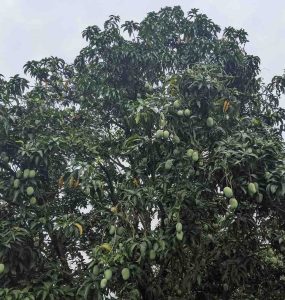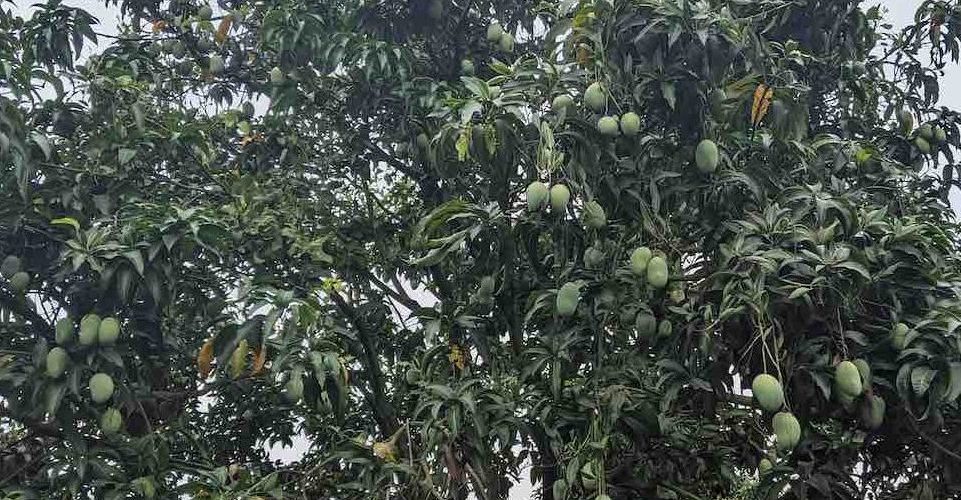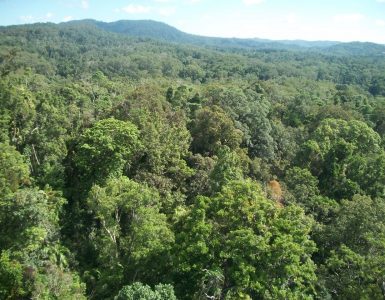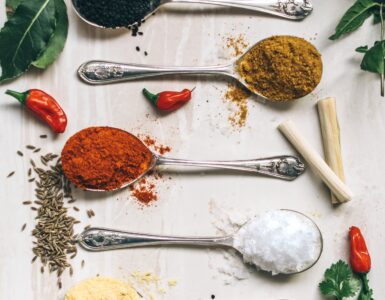Mangoes are one of the ancient fruits found in India and are believed to have originated in areas around the Indian subcontinent and South Asia.
Therefore, it is unsurprising that India produces more than 50 percent of the world’s mangoes, with an annual output of more than 20 million tonnes.
Mangoes come in various shapes, sizes, colors, aromas, and, most importantly, different flavors and tastes. Many Indian regions are famous for specific varieties of mangoes, and hundreds of types of mangoes grow in India.
Some of the mango varieties have gained massive popularity – Alphonso and Ratnagiri in Maharashtra, Banganapalli in Andhra, Badami and Raspuri in Karnataka, Kesar in Gujarat, and Chausa, Dasheri, and Langra in Uttar Pradesh, Totapuri, Neelam, and Mallika among many others.
During my recent visit to a mango orchard in the Indian state of Uttar Pradesh, I got to meet and interact with the owner of the orchard and a few of the fruit sellers in the vicinity.
Apart from producing some delicious varieties of mangoes like Dasheri and Chausa, Uttar Pradesh is India’s biggest mango-producing state. The people who are part of this value chain shared some interesting facts about mango trees, most of which I was not familiar with.
Whichever variety of mangoes you love and in whatever form you eat (raw fruits, pickles, smoothie, chutney, etc.), here are some interesting attributes of mangoes and mango trees.

Mango Trees basics
Mango trees grow readily from seeds obtained from mature fruits. The tree can grow quickly and often reaches 50 to 60 feet tall.
The tree leaves are evergreen and change color as the tree matures – orange-pink when the leaves are young, changing to a dark, glossy red, then dark green as they grow.
The tree starts flowering in winter, taking about four to five months for the fruits to ripen. The pollination is done by the insects, while the interesting fact is that only about 1% of flowers become fruits.
The alternate bearing of Mango Trees
Mango trees start flowering at 6-7 years old, yielding fruit for over 50 years. However, most mango trees take breaks, i.e., they follow an alternate bearing.
Alternate bearing or biennial bearing is a common phenomenon in many fruit tree species where they produce more fruits in one year (“ON” year) and much lower in the following year (“OFF” year). This process is typical in pears, olives, apples, and plums.
Plucking Mango fruits can be Dangerous
Mangoes are delicate; every fruit must be plucked by hand to not fall to the ground and get crushed.
However, the broken stem exudes sap when the ripe mango fruit is plucked from the Mango tree. The sap is highly acidic and contains an oily compound called urushiol which can cause itching and a stinging sensation if touched directly.
The same sap can damage the mango fruit if it oozes and remains on its skin.
The farmers prevent this by arranging the harvested mangoes on a wooden crate with holes with the stem facing down. So the sap drips onto the ground without touching the mango skin.
Health Benefits of Mangoes
Mangoes are often referred to as the king of fruits; the reason lies not only because of their taste but also because mangoes are a powerhouse of health benefits.
The luscious fruits are a rich source of vitamins C and A, significantly strengthening immunity. Mangoes are a good source of dietary fiber and antioxidants that help prevent heart disease, cancer, and cholesterol build-up.
Peculiar Mango Leaves
The leaves from Mango Trees have properties that can treat skin disorders, manage diabetes, and help with hair problems. The leaves of Mango trees are also consumed by making tea through leaf infusion.
In addition, the dried bark of the Mango tree, if consumed as a powder, cures Diarrhoea.
However, burning Mango leaves in the woods is not advisable as they are toxic and can severely infect Human eyes and lungs. Moreover, mango leaves are considered toxic for cattle feed as well.
Mango leaves for their Religious Significance
Mango leaves are considered auspicious in Indian homes and used for many religious occasions and festivals.
During housewarming or wedding ceremonies, the leaves of Mango trees are placed on top of the water pot along with the coconut.
On festivals like Diwali, many Indian homes are decorated with garlands made with mango leaves and hung on their doors or other significant places.
The religious significance of mango leaves in Indian homes symbolizes prosperity and keeps out negative energy.
Wood from Trees is Sustainable
The wood from mango trees comes with dense grains, which means it has the strength to bear the weight necessary for chairs and heavy tables.
At the same time, mango wood is one of the softest hardwoods making it suitable for furniture making.
Unlike Oak and Teak, which are only grown for furniture, mango wood is a byproduct of food agriculture. Mango trees give delicious fruits in their lifetime, and once the tree stops bearing fruits, the tree can be chopped off to use for furniture. This also provides farmers with an additional source of income.
Mango Trees help in Carbon Capture
New studies have emerged that suggest mango orchards can help mitigate climate change. Mango sequesters maximum carbon compared to fruit trees like apple, citrus, guava, papaya, sapota, ber, and fig.
In one of the studies conducted by the Indian Council of Agriculture Research (ICAR) and Indian Institute of Horticultural Research (IIHR), it was discovered that India is the largest mango producer and the largest carbon-absorbing nation of mango orchards globally.
Wrapping Up
While we should not replace natural forest land with Mango trees, it should be promoted as they provide food, nutritional benefits, wood, and green cover, and also help bring down greenhouse emissions.
Follow us for more such interesting facts on our Social Media channels






Add comment